From left: JOS Mundo sales and marketing associate Chesca Flores, sales and marketing intern Ashley Cantong, creative director and co-founder Karen Bolilia, and sales and marketing lead Sabine Monfort. Photographed by Renee De Guzman
JOS Mundo creative director and co-founder Karen Bolilia wears a top and skirt from their forthcoming release. Photographed by Renee De Guzman
In an extension of their Coming to Our Senses Instagram series, JOS Mundo takes their guests on expeditions around the city and beyond.
In theory, the Ramon Magsaysay Center is a large travertine tree. Established in 1967 and designed by architect Alfredo Luz and Associates (in consultation with Italian-American architect Pietro Belluschi, and Alfred Yee Associates), it is composed of an 18-storey building called the Commercial Tower, and a two-storey L-shaped complex called the Foundation Building. According to Marie Perez, the Ramon Magsaysay Foundation’s chief librarian and archivist, the tower’s large pillars serve as deeply-rooted tree trunks that maintain the structure’s integrity by allowing it to sway with the wind and earthquakes.
Like any other day, Manila Bay’s winds blew straight to the RMC, greeting JOS Mundo’s handpicked guests as they arrived. “We were trying to think of people who would be really into seeing a building, because not everyone would be down, to be honest,” laughs creative director and co-founder Karen Bolilia. While curating the guest list, they were guided by a simple criteria: Who is design-minded? Who’s design-obsessed? Who would appreciate this?

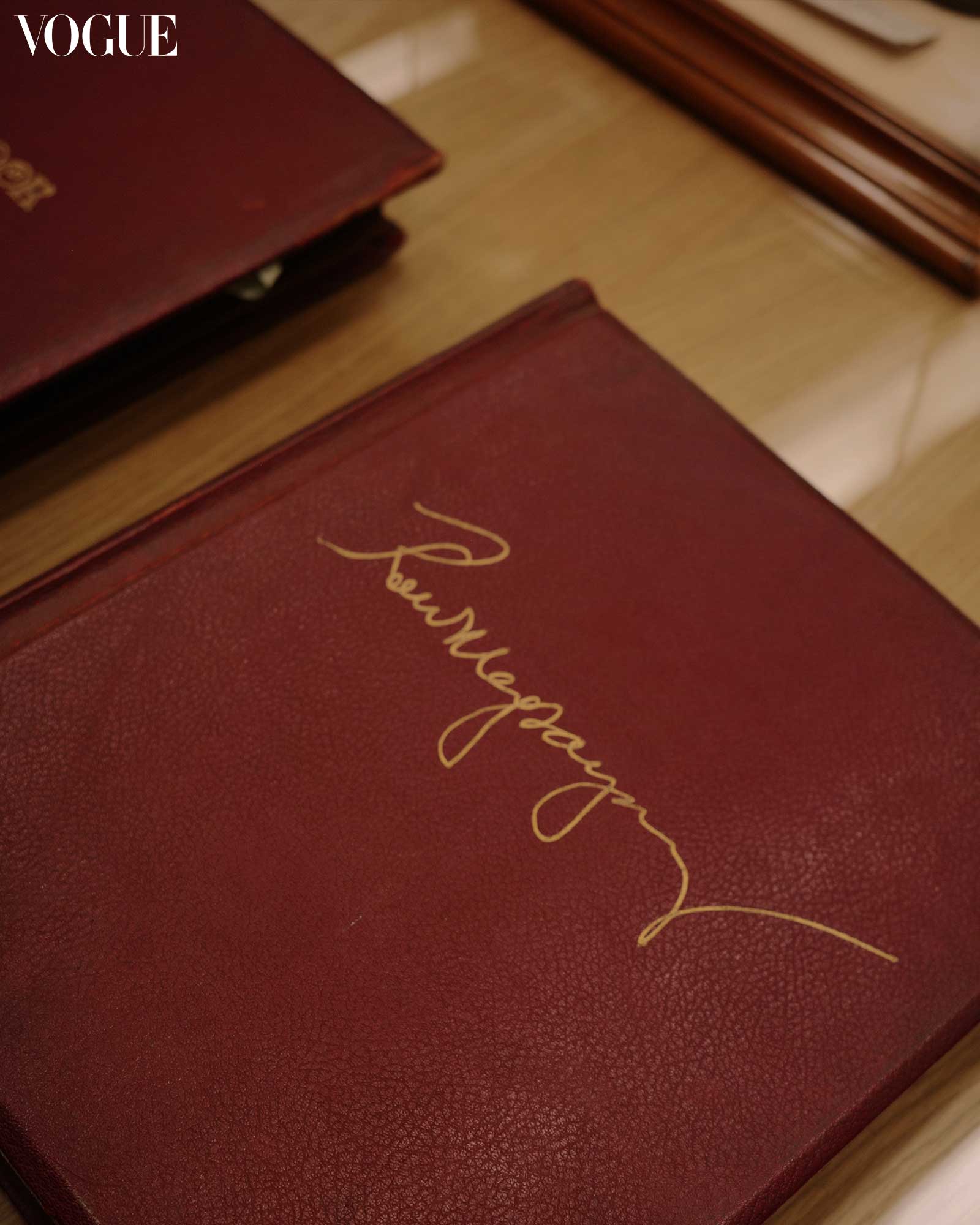

The RMC tour is the first edition of JOS Mundo’s Senses in the City, a sequence of field trips dedicated to imbuing the fashion brand’s ethos of uplifting local culture. It’s an inquiry into the cities we live in and provinces far flung; a three-dimensional extension of their ongoing Coming to Our Senses series on Instagram Stories, which began in 2020. “Regional expressions from home and beyond,” their Insta-segment is defined, inviting creatives across regions of the Philippines to share through imagery and words the backdrop of their everyday lives. From Rizal, to Antique, to Maguindanao, and now to Metro Manila, JOS’ Senses seeks a closer look into the larger contexts that inform one’s creative process.
Over at the RMC, the intimate but diverse tour group included designer stylist Carla Villanueva, model Sabina Gonzales, architect Alanis Avenilla, and Tarzeer Pictures executive producer and co-founder Dinesh Mohnani. Including the JOS team, the group of 15 weaved through the Foundation building with Marie and two other guides, learning about the storied history behind its narra walls.
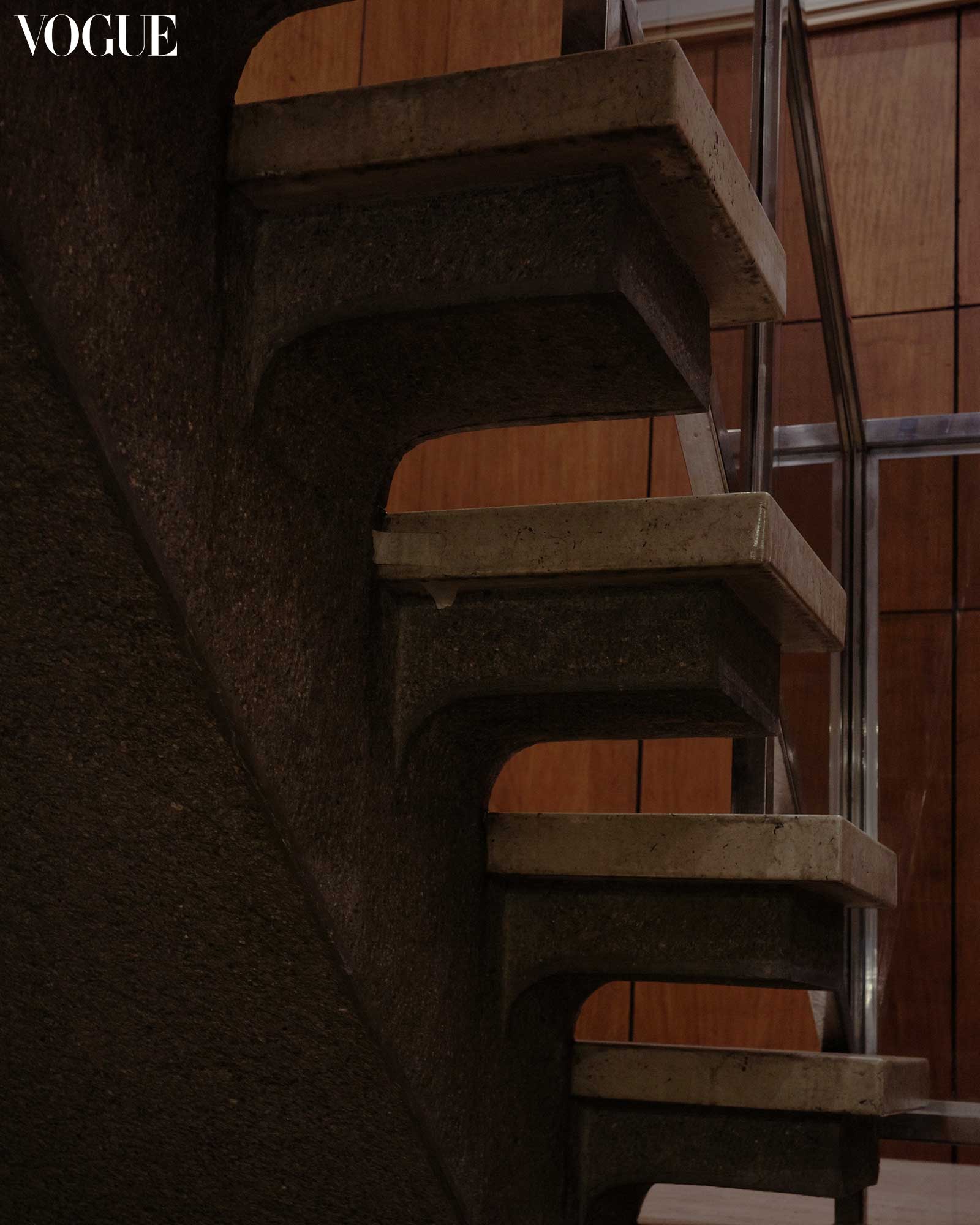
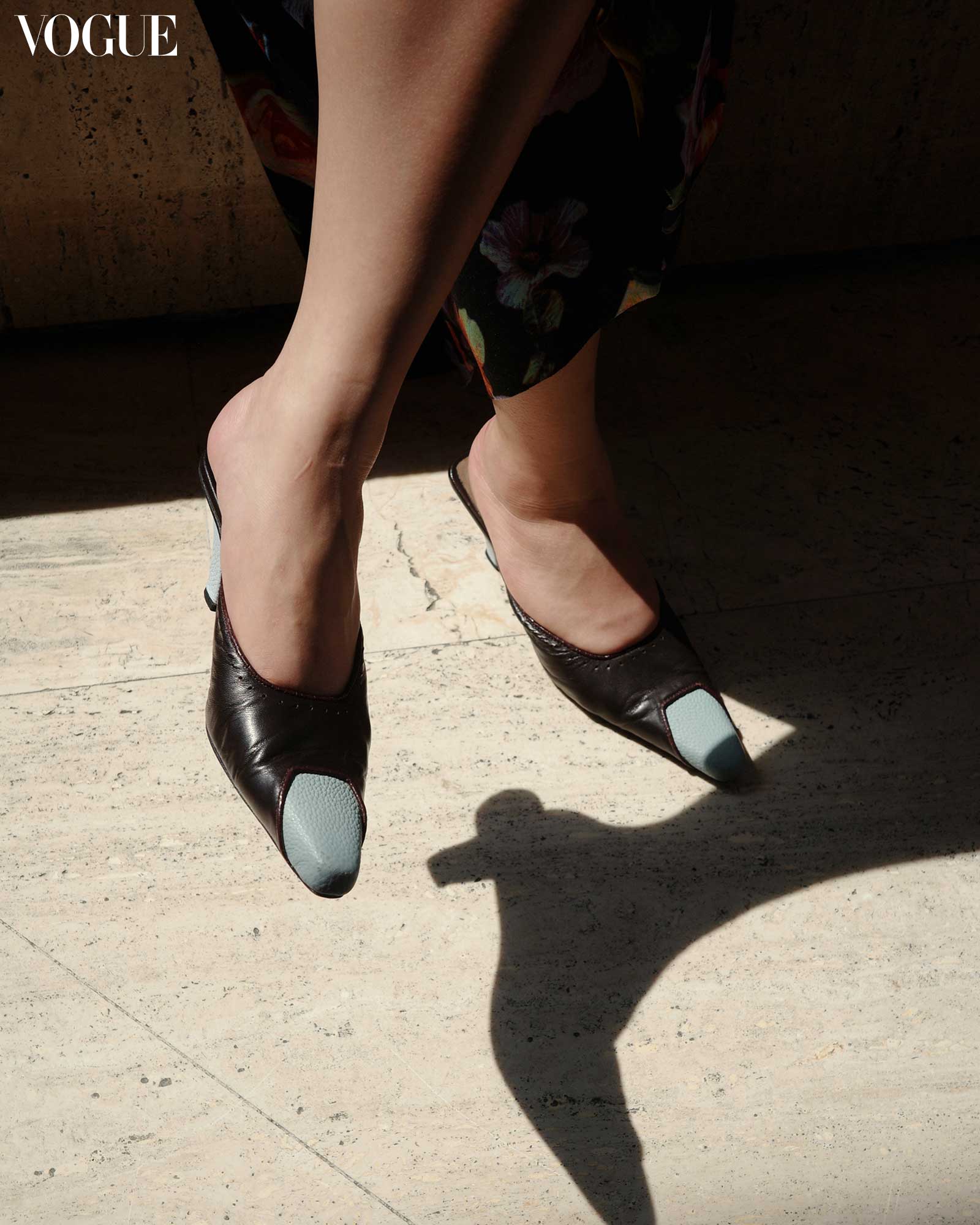
We begin at the Ramon Magsaysay hall, a sprawling 367.35-square-meter space whose walls remain lined with its original narra wood paneling, and whose waffle-grid ceiling is directly symmetrical with the patterned floor. Certain wall panels, Marie shares, swing open to reveal secret cabinets once used to store the late President Magsaysay’s clothes.
We weave through hallways of the Foundation building and spot vintage drinking fountains, elevators, and dumb waiters on the way to various conference rooms that are still used for meetings today. Marie also points out the Greatness of Spirit gallery featuring honorable figures that received the Ramon Magsaysay Award, from national artists Lino Brocka and Nick Joaquin to His Holiness The 14th Dalai Lama and even Mother Teresa. Established in 1958, it is considered one of Asia’s premier prizes and highest honors.
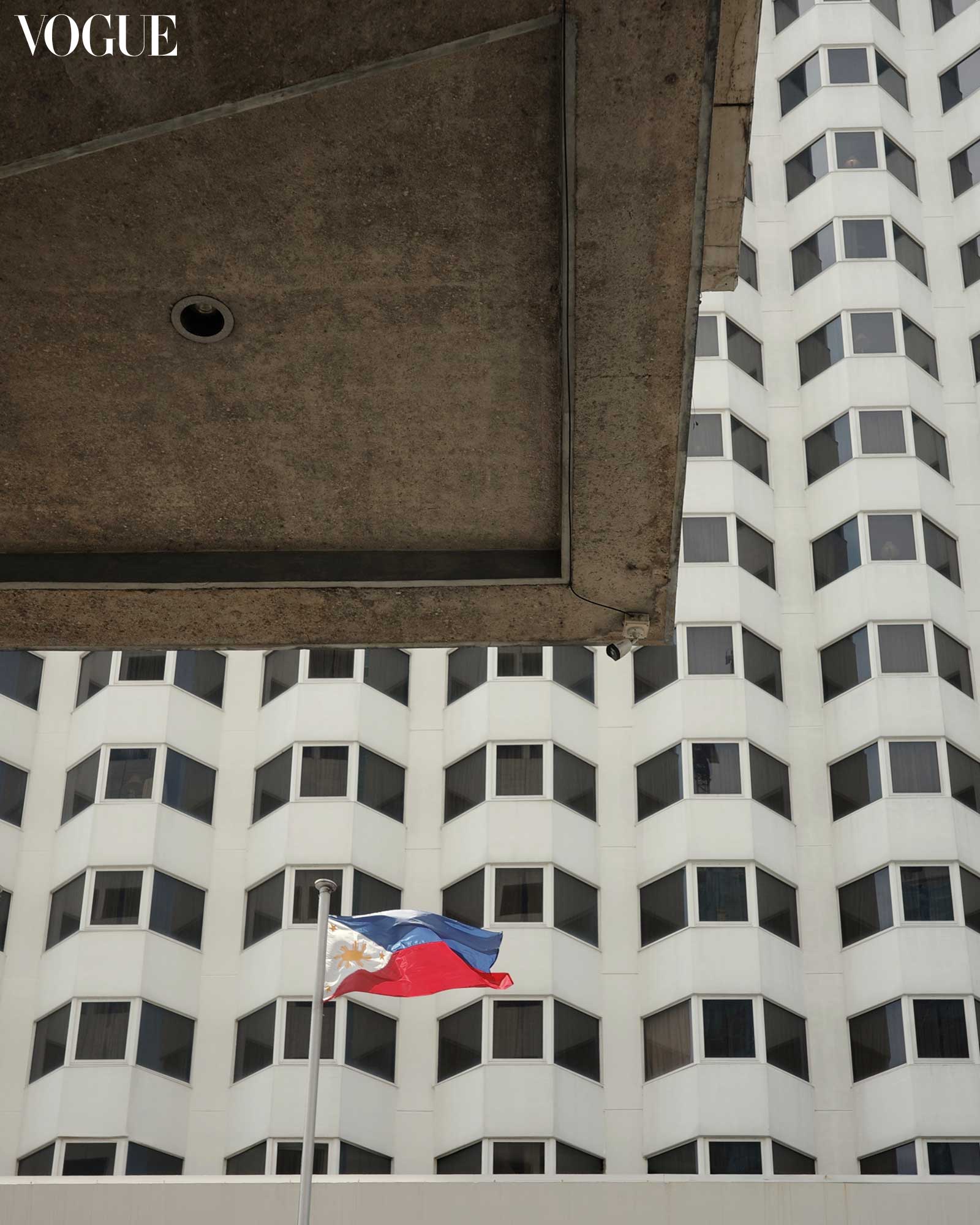

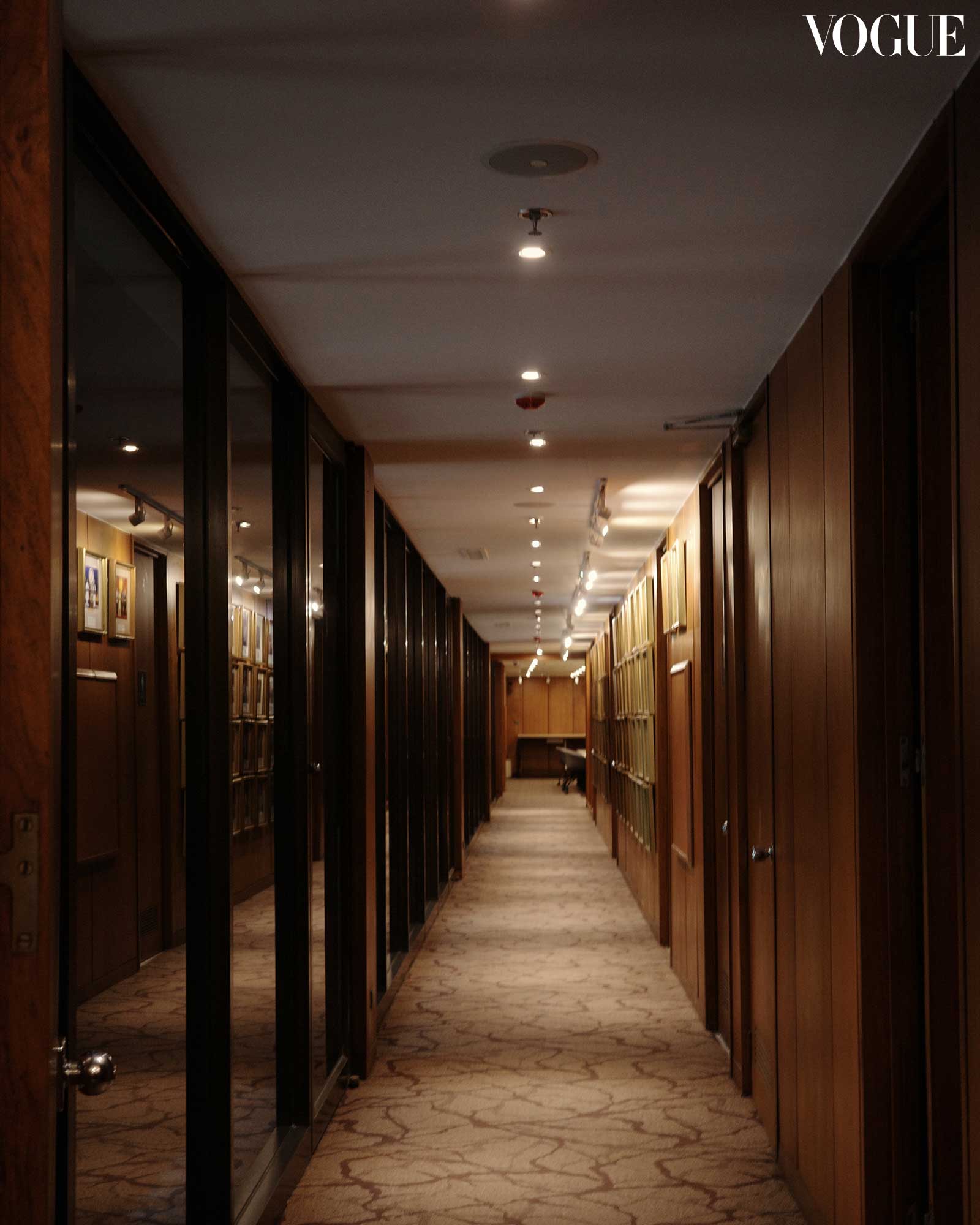
The hour-long tour concludes at the Laureate Library and Museum, whose two floors house “a large collection of reference materials on the Magsaysay Laureates and the advocacies they are working on.” Visitors are welcome to peruse the print and non-print library and archive materials on the second floor at a minimal fee, while the ground level welcomes the public to study or work and dine or drink at The Library Café by Gourmet Farms.
“But you don’t know that, even if you live here,” Karen says, noting how the city’s residents might not be aware that the RMC’s resources are accessible, or that they even exist. It’s exactly why they started the series in the first place: to bring the brand and their supporters beyond their showroom. Standing before one of the RMC’s travertine trunks, Karen gestures to the plaza, saying, “It’s a great source of pride. I really wanted to take a context outside of the environment, because that’s how people know us. Private places like the CCP, or the PICC, or the Met Theater—wouldn’t you like to see just the bones of it?”
